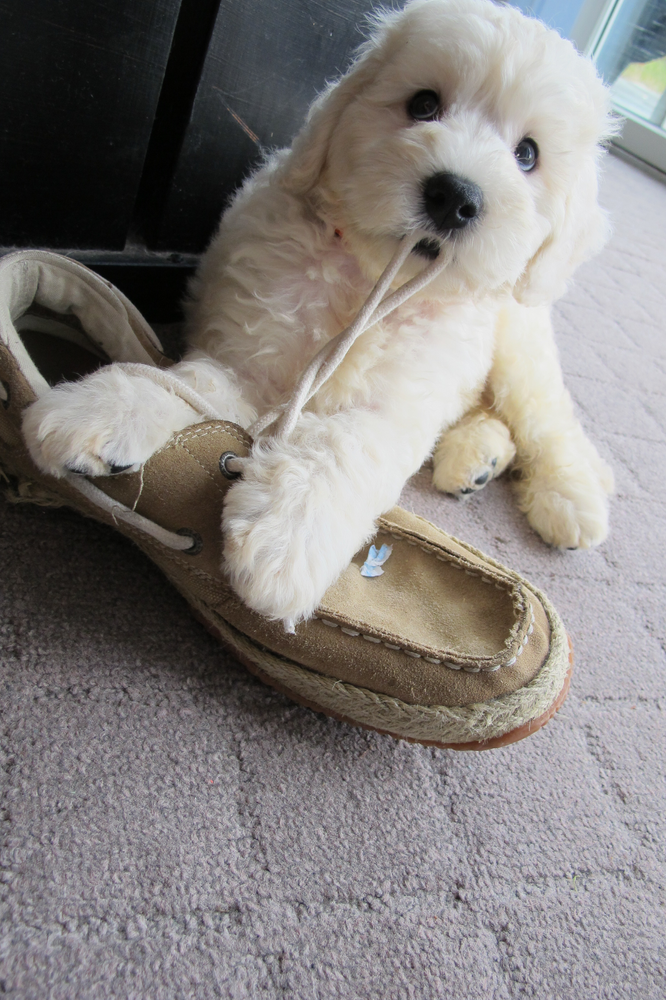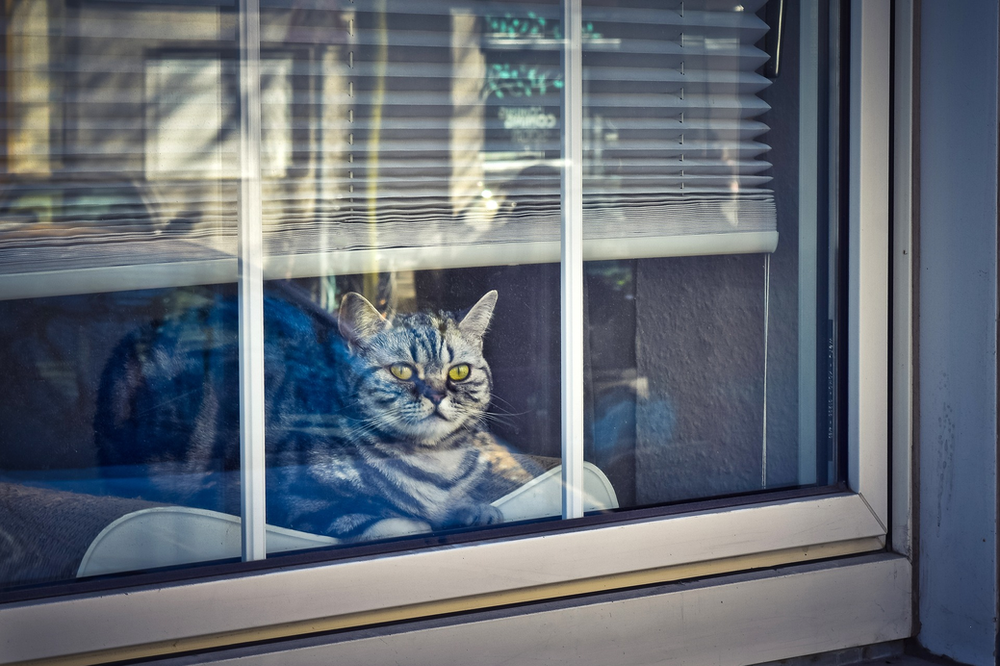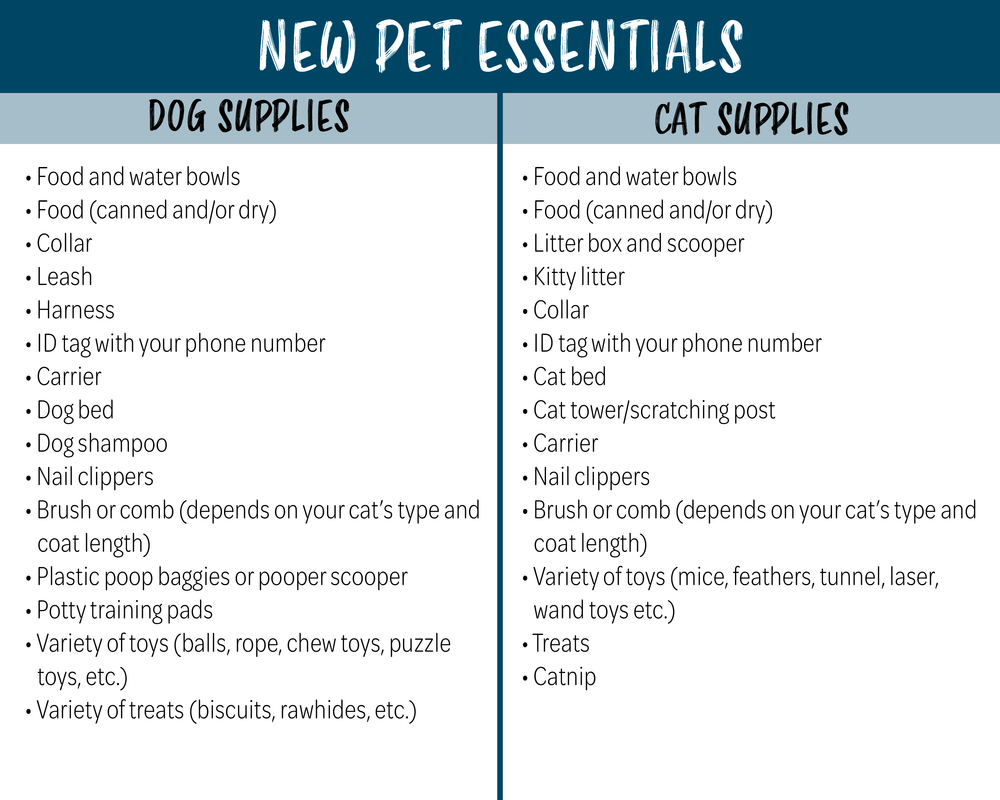Thinking about adopting a rescue pet to add companionship and love to your rental home? With all the excitement of welcoming a furry friend, it’s easy to forget the essential step of making your home pet-friendly. Preparing in advance helps protect your belongings, ensures safety, and gives your new pet a smoother transition.
Pet-Proofing Basics
Every rescue animal reacts differently to a new environment. While you can’t prepare for everything, these simple steps reduce risk and keep your pet safe:
- Secure trash cans with lids
- Remove or lock away poisonous plants and cleaning products
- Install pet or baby gates for off-limit rooms
- Tape down or cover exposed cords
- Keep toilet lids closed
- Store choking hazards out of reach
- Move fragile décor (vases, frames) to safe spots
- Screen off fireplaces and wood stoves
- Block off delicate furniture until your pet is trained

Photo courtesy of: BuzzFarmers (Flickr)
Create a Safe Space
Before your pet arrives, designate a safe, contained area for them. Use baby gates, pet gates, or closed doors to limit access. A quieter, easy-to-clean space near family activity helps your new pet feel secure without being isolated.
Check Windows and Doors
Ensure locks on windows and doors are working properly—some pets can push them open. If you enjoy fresh air, install pet-proof screens to prevent clawing or chewing damage and keep your pet safely indoors. This is especially important if your home has high windows or balconies.

Stock Up on Supplies
Prepare essentials before your pet comes home. Suggested items include:
- Food and water bowls
- Quality food and treats
- Toys for chewing, play, and comfort
- Bedding or crate
- Leashes, collars, and ID tags

Be Ready for Accidents
Accidents happen, especially early on. Clean them quickly to prevent stains and odors:
- Blot spills with paper towels and newspaper
- Rinse with clean water and blot again
- Use pet odor neutralizer or enzymatic cleaner if needed
For puppies, use training pads until they’re fully housebroken.
Choose a Feeding Station
Designate a permanent area for food, water, and toys. Mudrooms or laundry rooms work well—just ensure cleaners and chemicals are stored safely. Use sealed food bins, hooks for leashes, and baskets for toys to stay organized.
Dog-Proof the Yard
If you’re adopting a dog, prepare your outdoor space:
- Fence in your yard securely
- Remove toxic plants like tulips, daffodils, hydrangea
- Fence off pools or water features
Secure Your Garage or Shed
Garages and sheds often contain toxic or dangerous products. Store these items out of reach:
- Gas, oil, antifreeze
- Rodent bait and pesticides
- Fertilizers and lawn chemicals
- Auto supplies or cleaners
Keep Vet Info Handy
Before adoption, identify a nearby vet and locate the nearest 24-hour emergency animal hospital. Post contact numbers in an easy-to-find place, like the fridge, and save them in your phone.
Key Takeaway
Pet-proofing your home isn’t just about protecting your belongings—it’s about giving your rescue pet a safe, welcoming start. With preparation, you’ll make the transition smoother for your furry friend and more enjoyable for your family.
Looking for pet-friendly rentals? Explore our homes for rent or contact Bullseye Property Management & Realty today.

 Things to Look for in a New Neighborhood
Things to Look for in a New Neighborhood
Leave a Reply